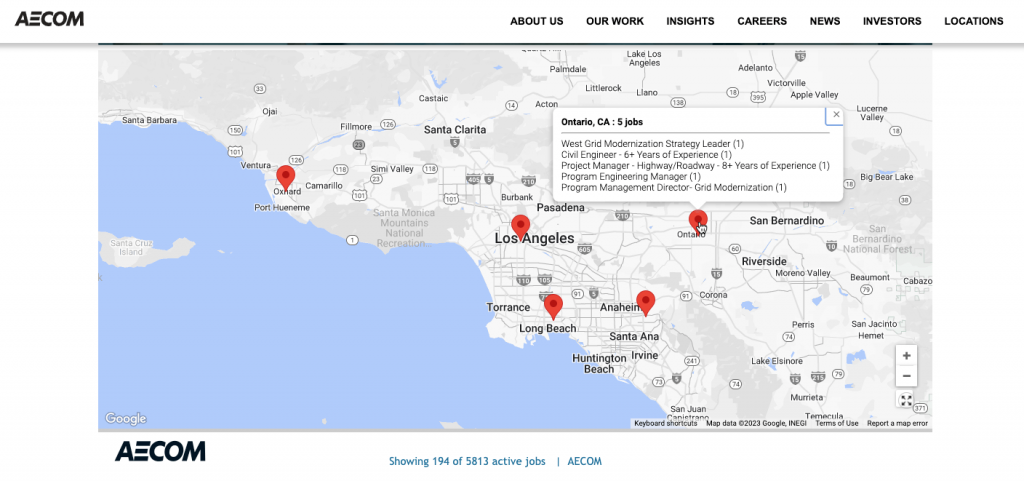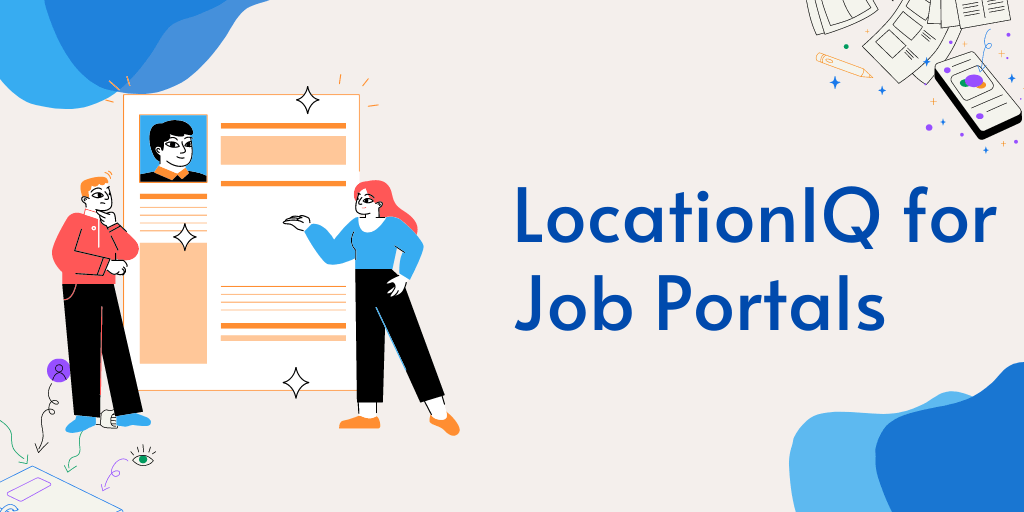Recruitment in the Digital Age
Recruitment is a complex space, with a ton of competition, low differentiation and a LOT of noise. In order to stand out from the competition and deliver the best results, hiring marketplaces need to be on the cutting edge of technology. GIS has transformed the way businesses approach a range of tasks, from data analysis to resource management. For recruitment portals, this offers real potential for creating an efficient marketplace where the right recruiters are paired with the right job seekers. Having an effective way to promote job postings to a large and relevant population pool is paramount to success. GIS tools help analyze the talent pool and job markets depending on availability, job requirements, and job restrictions. Knowing where the best talent resides and the gaps that employers need to fill helps the recruitment portals provide accurate recommendations and facilitate better placement of job seekers.
In this post, we explore how geospatial technologies can help make the recruitment process faster and more efficient.
Transform data to information:
One of the most significant obstacles recruitment platforms must overcome is the sheer volume of inconsistent data coming from both resumes and job postings. This is especially evident in the case of addresses, which can range from being incorrectly inputted by humans or generally formatted in various ways. In order to effectively match relevant jobs to the right candidates, and vice versa, recruitment platforms must be able to process this data and make it actionable in a geographically relevant manner.

Forward geocoding converts physical addresses provided in the candidate’s resume to coordinates that can be plotted on a map or compared against other coordinates. The same can be done for addresses in job postings. Forward geocoding also completes broken and half-addresses so names of various address levels are standardized across the platform.
Improve User experience:
The address based search/ filter for job seekers and recruiters can be implemented via Autocomplete API to enhance user experience. As users type, the API provides suggestions and options before they’ve finished entering their search, delivering an enhanced user experience. For example, when a user begins typing in a search query, the API will predict what the user is likely to be searching for and provide them with relevant job postings.
This reduces the amount of time a user has to manually enter their query, as they will be presented with a number of job postings that match their search criteria after only typing a few characters.

Maps offer an interactive and visual way to access data present on the job portal. It offers a unique bird’s eye view of an area’s potential for jobs or candidates and showcases the scale and reach of the recruitment portal itself. Maps can also be used to draw focus around a particular region, demographic or area of expertise. For example, by displaying the availability of candidates on a map, recruiters can easily identify areas with a high density of capable candidates and narrow down their search. Similarly, job seekers can use this to identify the density or location of open positions in a given geography.
Process Data for Actionable Results
Distance matrix can be used by recruitment portals to help identify the best locations for applicants to work. This technique involves a comparison of multiple candidate’s addresses to multiple job locations in order to determine the approximate distance each would need to travel. This can help employers identify which applicants are most likely to live near to their desired worksite, reducing the expense and time of having to travel far for work.

Distance matrix can also help recruitment portals narrow down suitable candidates by displaying the closest matches to the searched locations. When a recruiter is matched with a candidate, recruitment platforms can facilitate job interviews by providing directions to the venue. Multiple routes to the venue can be shown to the interview, as well as estimated travel times, making it easier for applicants to plan their journey.
In Summary:
Problems:
- Changing customer expectations
- Large volumes of inconsistent data from resumes and job postings
- Lack of actionable information
- Managing user experience amidst the chaos
Solutions:
- Geocoding – converting physical addresses to coordinates
- Autocomplete – search box that predicts potential matches as the user types
- Distance matrix – identifying the best locations for applicants to work
- Maps – interactive and visual way to access data
To sum up, the recruitment space is highly competitive and saturated, and to stay ahead of the competition, marketplaces must embrace the latest geo-technologies. The right use of geocoding, map tile and routing APIs can revolutionize the recruitment process by accurately assessing the talent pool and markets, allowing businesses to recruit precisely the right person for a given job. This also facilitates the widespread dissemination of job postings to an appropriate and sizable audience, accelerating the pace of hiring and increasing effectiveness.
LocationIQ has all the APIs needed to power an effective job search portal or a recruitment platform. Start here.

